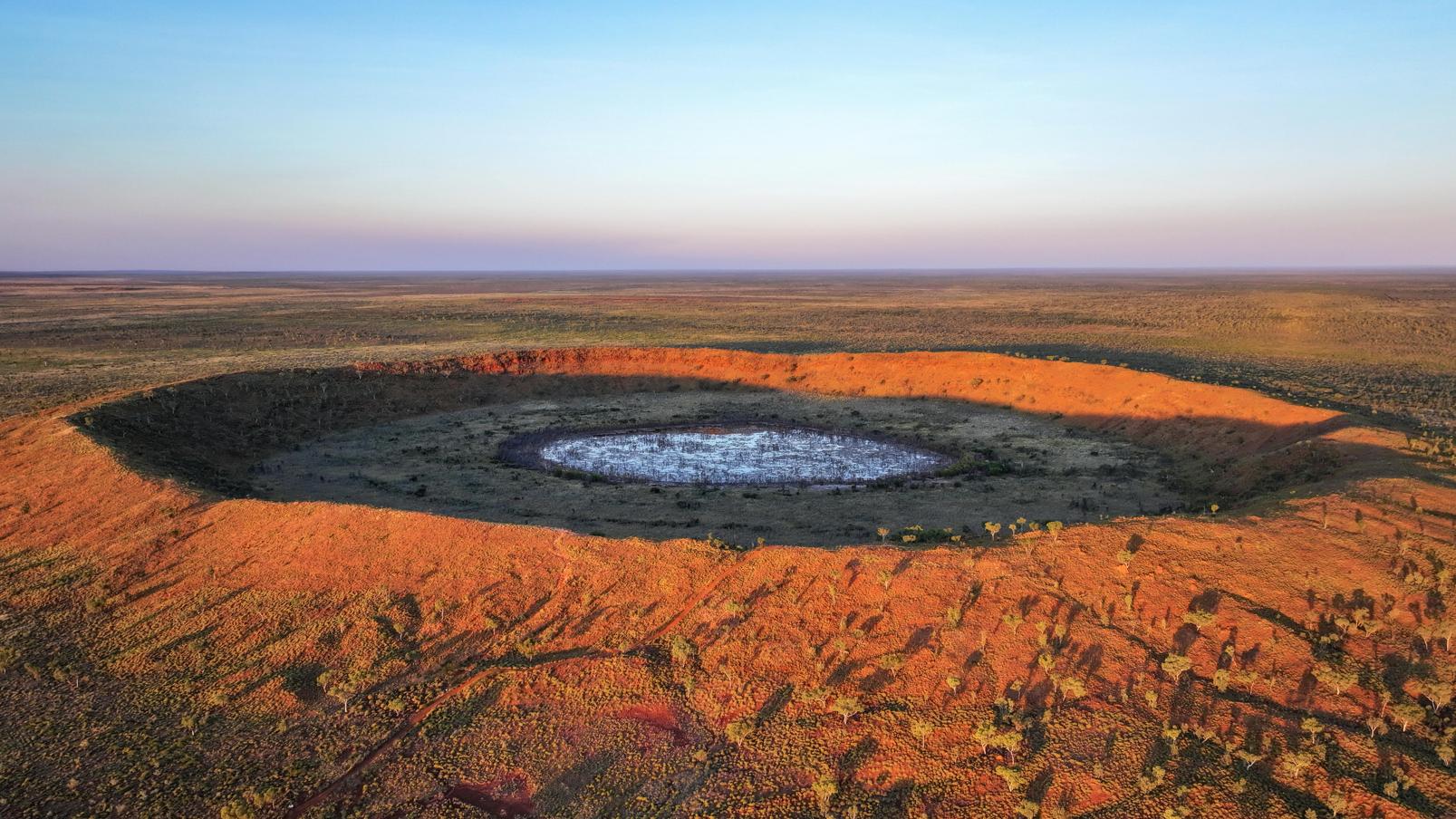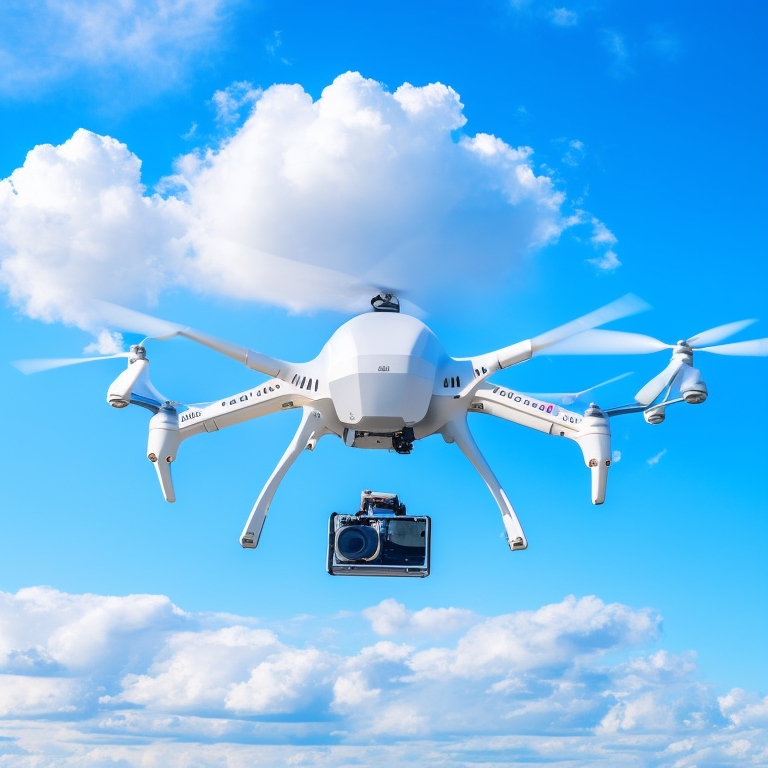The Comprehensive Guide to Big Drones
Introduction
Big drones have revolutionized myriad industries, from agriculture to security. As these technological marvels continue to advance, understanding their intricacies and utilities becomes essential. This guide delves deep into what defines a big drone, their notable applications, benefits, top models, and future innovations. Whether you're a drone enthusiast or an industry professional, this extensive overview will provide valuable insights into the fascinating world of big drones.

What Defines a Big Drone?
'Big drones' typically refer to unmanned aerial vehicles (UAVs) with substantial size and weight, capable of carrying heavier payloads and more advanced equipment. They often exceed the dimensions and specifications of consumer drones, featuring larger wingspans and increased power. These drones are engineered for specific, high-demand tasks and are often employed in professional sectors. In general, drones with a weight above 5 kg and a wingspan over 1 meter fall into this category, though the exact definition may vary depending on regional regulations and usage scenarios.
Applications of Big Drones
The versatility of big drones extends across numerous sectors, each benefiting from their unique capabilities.
Industrial Applications
Big drones are pivotal in industrial operations, especially in tasks like infrastructure inspection, mining, and delivery services. Their ability to transport heavy equipment and provide real-time data ensures efficiency and safety.
Agricultural Uses
In agriculture, big drones play crucial roles in tasks such as crop monitoring, spraying pesticides, and analyzing soil health. Their advanced sensors and large payloads make them indispensable for modern farming.
Surveillance and Security
For surveillance and security, big drones offer enhanced aerial monitoring, crowd control, and emergency response capabilities. Their size allows for longer flight times and better equipment mountings, crucial for effective operations.

Benefits of Using Big Drones
The advantages of big drones span increased payload capacity, extended flight times, and advanced technological features. These benefits significantly enhance the efficacy and scope of various applications.
Increased Payload Capacity
Big drones can carry heavier and more varied payloads, which is essential for industrial tasks, including transportation of equipment, delivery of goods, or carrying sophisticated cameras and sensors.
Extended Flight Time
Thanks to larger batteries and more robust construction, big drones typically offer extended flight times. This duration enhances their usability for long-term projects such as agricultural surveys and security patrols.
Advanced Features and Capabilities
Advanced features such as enhanced stabilization systems, superior GPS, and collision-avoidance technology are often standard in big drones. These capabilities ensure more precise operations and superior performance in demanding tasks.
Top Big Drone Models in 2024
The drone market constantly evolves, and 2024 presents an array of impressive big drone models. Here are the top three that stand out for their performance and features.
DJI Matrice 350 RTK
The DJI Matrice 350 RTK leads the market with its robust build, precise RTK positioning, and versatile payload options. It's ideal for industrial inspections and agriculture, offering unparalleled reliability and advanced technological integration.
Yuneec Typhoon H Plus
Yuneec's Typhoon H Plus is celebrated for its high-resolution imaging capabilities and advanced Intel RealSense technology. This model excels in fields requiring detailed surveys and dynamic obstacle avoidance.
Freefly Alta X
The Freefly Alta X stands out with its ability to carry large payloads, up to 35 pounds, and its open platform architecture, which allows for extensive customization. It is favored in professional cinematography and heavy-duty transport applications.

Challenges and Considerations for Big Drone Usage
While big drones offer numerous benefits, they come with specific challenges that users must consider before deployment.
Regulatory Issues
Navigating the complex regulatory landscape for big drones can be challenging. Different countries and regions have varied regulations that can affect where and how these drones are used.
Cost and Maintenance
Investing in big drones requires significant capital, not only for the initial purchase but also for ongoing maintenance. Ensuring the drone remains operational and efficient can be costly and time-consuming.
Weather and Environmental Limitations
Big drones, like all UAVs, are susceptible to adverse weather conditions. Strong winds, heavy rain, and extreme temperatures can limit their operability and pose safety risks.
Future Innovations in Big Drones
The future of big drones looks promising with several key innovations on the horizon.
AI Integration and Smart Drones
Artificial Intelligence (AI) integration promises smarter, more autonomous drones capable of advanced decision-making and precise operations, reducing human intervention and increasing efficiency.
Enhanced Battery Life
Ongoing research into battery technology aims to further extend the flight time of big drones, making them more practical for extensive industrial and agricultural applications.
Hybrid Energy Drones
Hybrid energy solutions, combining traditional batteries with solar or other renewable energy sources, represent a significant innovation. These drones could potentially offer longer, more environmentally friendly flight times.
Conclusion
Big drones are pivotal in transforming various industries with their advanced capabilities and numerous benefits. While they present certain challenges, ongoing innovations are set to overcome these obstacles, promising a dynamic future for big drones. Staying informed about the latest models and technological advancements ensures that businesses and enthusiasts can harness the full potential of these powerful UAVs.
Frequently Asked Questions
What are the best uses for big drones?
Big drones are best utilized in industries such as agriculture for crop monitoring, industrial inspections, delivery services, and advanced surveillance tasks due to their high payload capacity and extended flight times.
How do regulations affect the use of big drones?
Regulations vary by region and can significantly impact where and how big drones can be operated. It's crucial to stay updated on local laws to ensure compliance and safe usage.
What should I consider before buying a big drone?
Before purchasing a big drone, consider factors such as the intended use, budget for acquisition and maintenance, regulatory compliance, and the specific features required for your operations.



